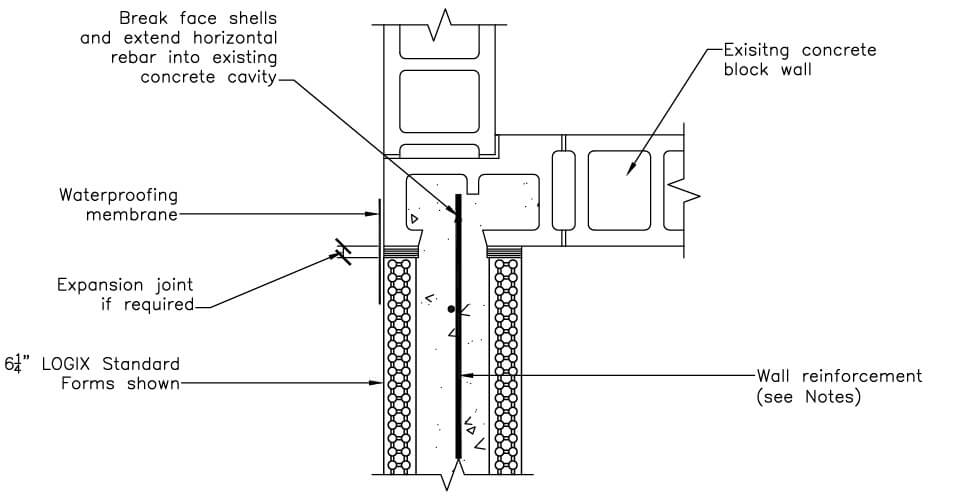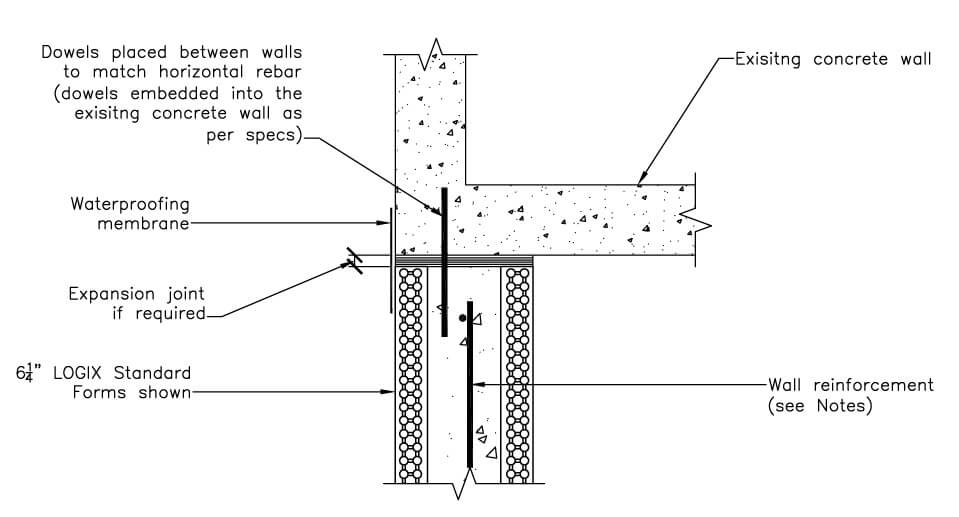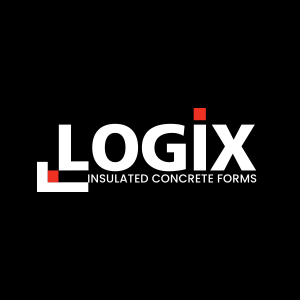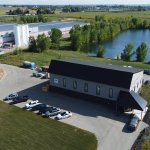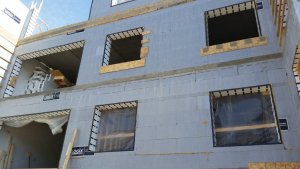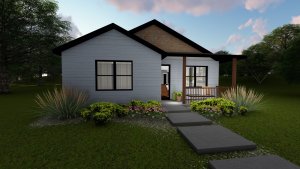Are you planning a home addition? This is your chance to build a comfortable, energy-efficient new living space, but are traditional stick-built and forming methods up to the task, or is there a better, more efficient way?
This post will show you why Logix Insulated Concrete Forms (ICF) are a fast, healthy, efficient, and surprisingly inexpensive way to build an addition. Read on to find out more!
Should I Build My Addition With ICF?
ICF outperforms stick-built construction methods on several fronts. Consider this:
With ICF, you don’t have to wait for concrete foundation contractors. With the forms in place, you just need to pour the concrete and let it cure. Many renovators find it significantly easier to build their foundations with ICF than with the traditional form-place-finish method.
You don’t have to rent forms. That’s correct – the ICF blocks are the forms that will hold freshly poured concrete until it cures. In fact, the forms’ foam composition will help maintain optimal curing temperatures for the concrete, even in harsh winter weather. This means you can pour concrete in most conditions, and you don’t need artificial heating to help it cure.
ICF prices are more stable than lumber’s. Focusing now on the above-grade walls, lumber prices have always been volatile. Since the start of the COVID-19 pandemic, they’ve skyrocketed like never before. On the other hand, ICF and concrete prices have typically followed the inflation rates; nowadays, they are weathering the ‘new normal’ with no significant fluctuations.
ICF can boost your project’s energy-efficiency. ICF blocks give your home top-tier thermal resistance, so even in the coldest climates, you can expect minimum heat loss through the walls. Because ICFs form a continuous double plane of insulation, with concrete sandwiched in between, your walls will be airtight, with no air leakage through crevices or openings. What’s more, ICF walls can keep indoor climate intact, even as the outdoor temperatures dip.
Your living space will be healthier and comfier with ICF. Thanks to increased airtightness, your home will prevent harmful pollutants from finding their way indoors. What’s more, ICF’s thermal lag – its ability to keep indoor temperatures steady – will mean less drastic changes to your indoor climate during abrupt weather changes.
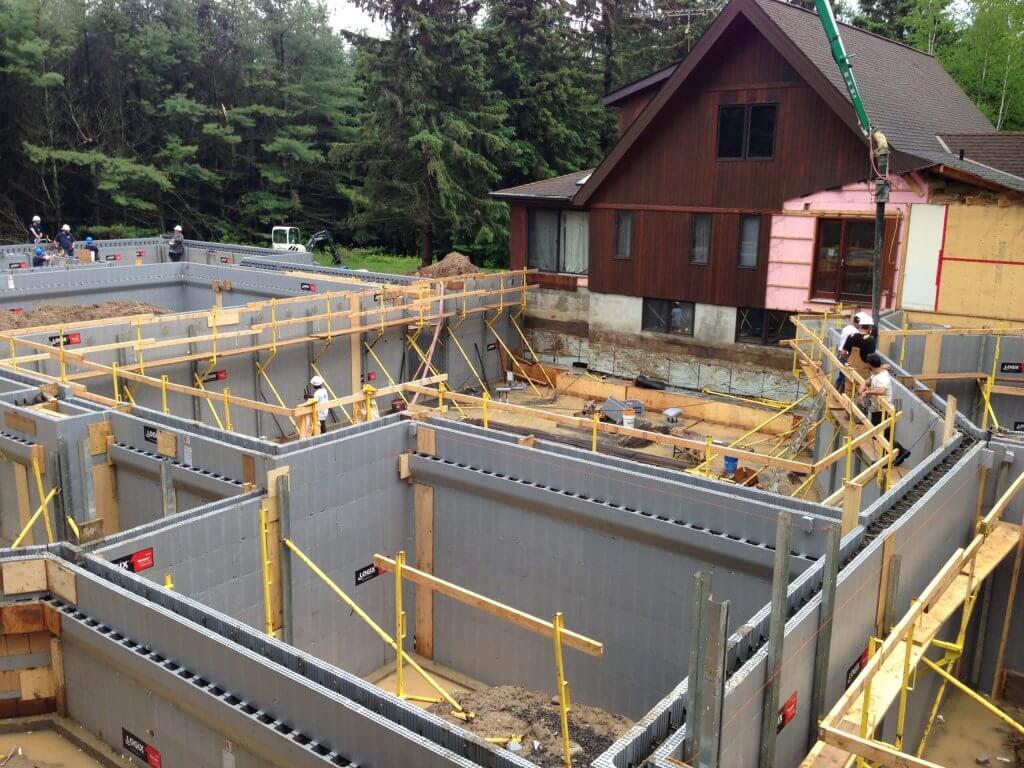
Don't miss a thing!
Subscribe for the latest in the ICF world, exclusive content, insider industry news and limited edition webcasts.
How Do I Build With ICF?
Countless renovators prefer ICF to stick-built methods. That’s because ICF construction has less moving parts and is generally a more straightforward process. That said, there are some factors you should keep in mind before building an ICF addition. Here they are:
Connection details are critical.
Your ICF addition needs to interface well with your existing structure. Before building, it’s your job to make sure you have these connection details down pat. In all the scenarios below, your plans will benefit from an ICF-experienced engineer’s review.
Connecting to an Existing Concrete Masonry Unit (CMU) Foundation
To connect your Logix ICF wall to a CMU foundation, first, break out the existing CMU’s face shell. Then, extend the horizontal rebar into the CMU cavity. Use an expansion joint at the connection if needed, and be sure to shield the joint with a waterproofing membrane.
Connecting to Existing Wood-Framed Walls.
You’ll need an engineer to assess the structural connection between the existing frame and the ICF. They can also help ensure that any interior walls abutting the ICF achieve the required fire rating. Finally, you must flash the connection properly to create a continuous envelope system.
Are you looking for additional technical information for you project?Connect with an expert for your technical inquiry.
Case Study
HGTV Canada featured Logix ICF’s most famous addition in its top-rated House of Bryan 3, a TV series starring HGTV personality Bryan Baeumler.
The project’s design, originally stick-built, was converted to Logix ICF only 2 months before construction. The addition comprised 2 stories and a basement with a combined 5,000 SF of floor space, which had to be tied to the existing, 2×4-wood-framed home.
Despite a busy filming schedule, deep excavation, and poor soil conditions, construction finished on time and budget.
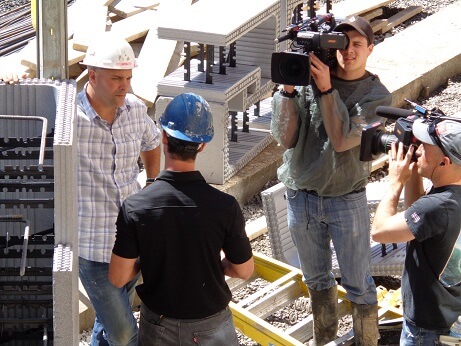
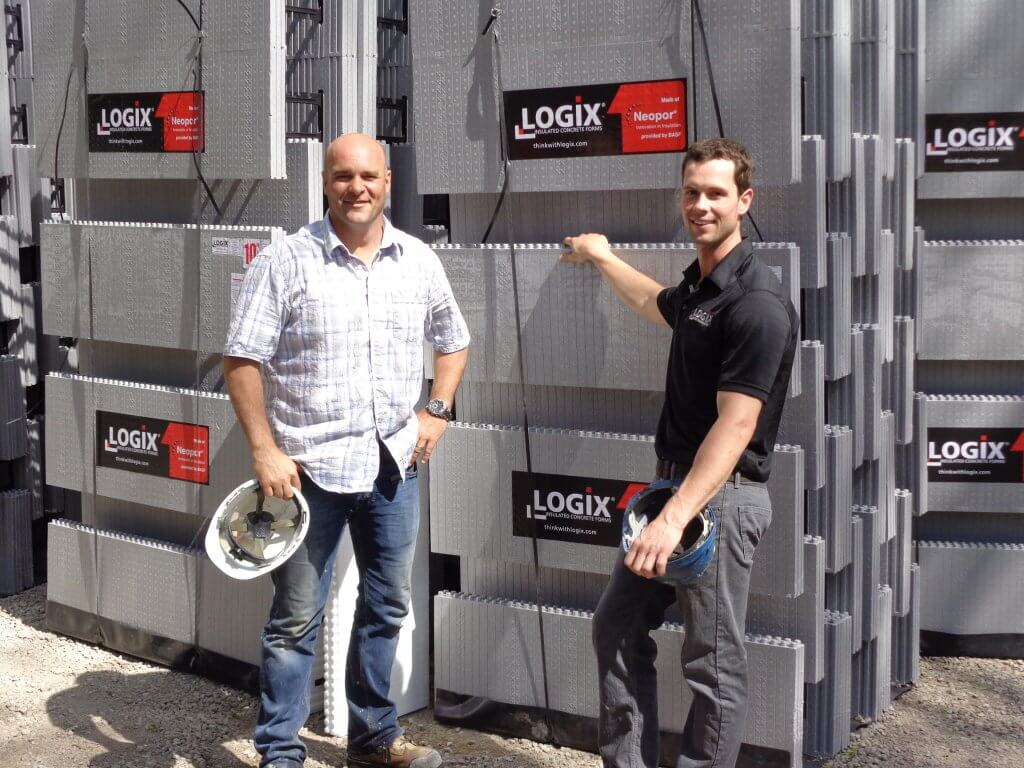
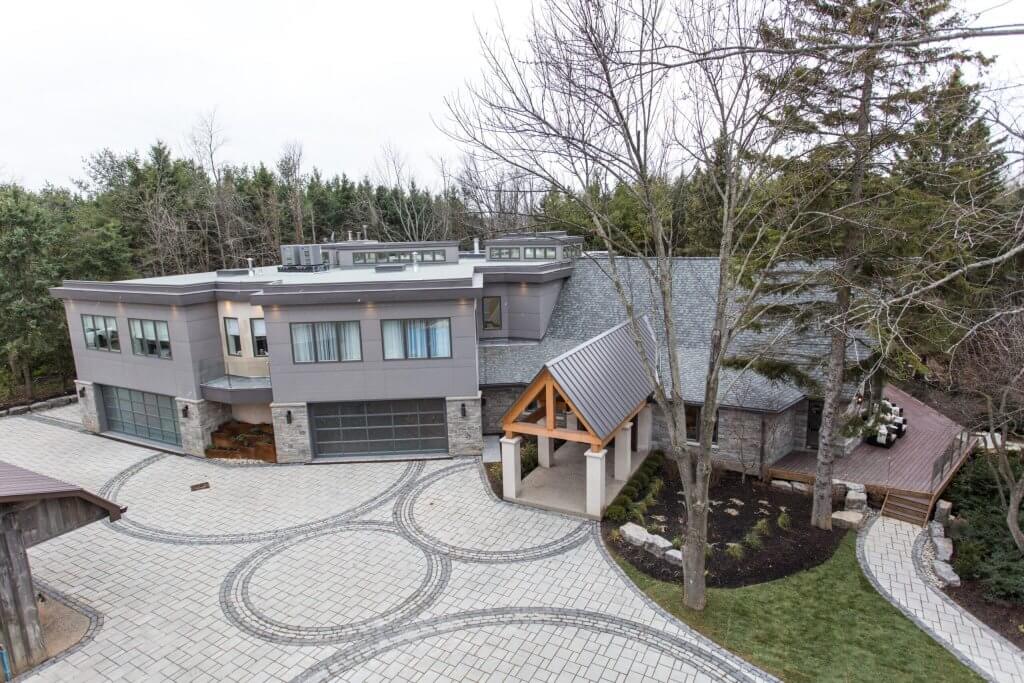
Wrapping it Up
Building additions with Logix ICF over traditional forming and wood framing is your chance to add healthier and more energy-efficient living spaces. What’s more, you can complete your project faster and involve fewer trades. And here’s the best part – with surging lumber prices, it’s quite possible ICF won’t set you back a penny more!
